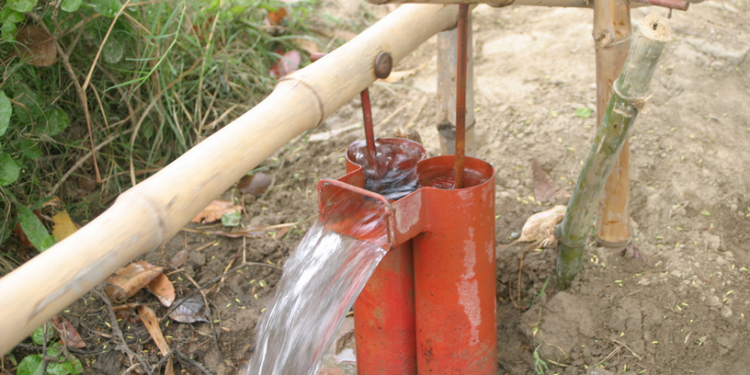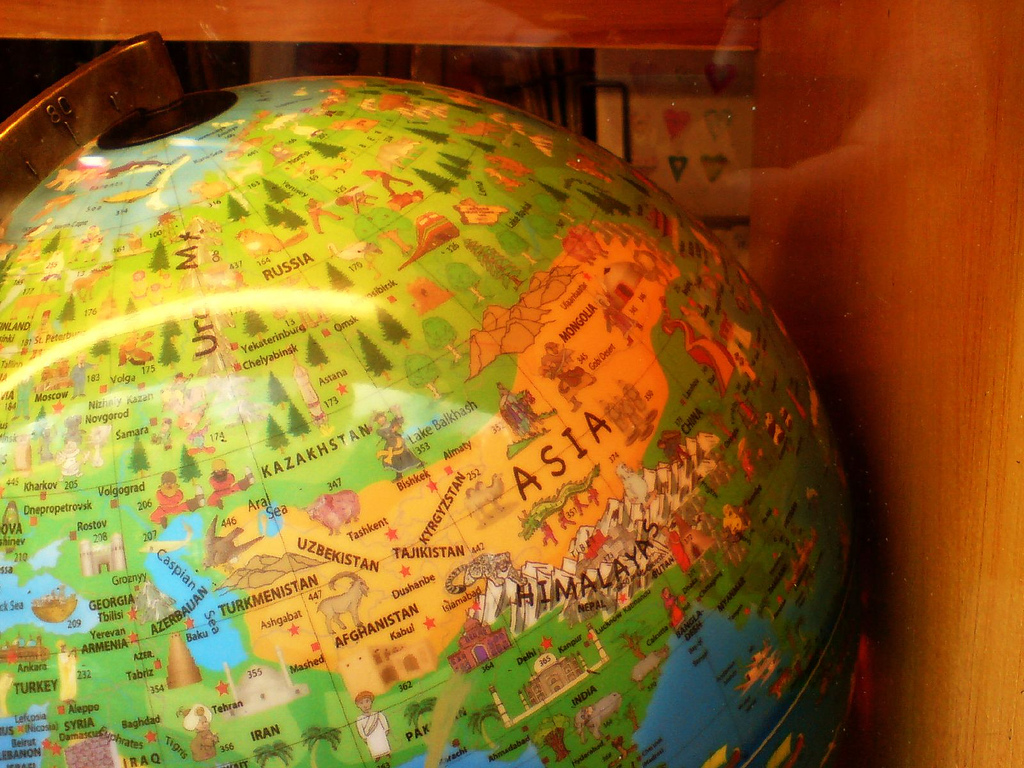Drought in India; Water We Gonna Do?

If I were to make a joke about the status of India’s weather, it would probably get classified as an example of ‘dry’ humor.
Although it is known for having an arid climate, India can usually look forward to heavy rains and flooding during monsoon season to hydrate its lands and produce fertile soils. But unfortunately, recent weather reports indicate that India shouldn’t expect a heavy rainfall this year—in fact, the anticipated amount of rain for the quickly approaching 2014 monsoon season is far below average.
This news is particularly unfortunate for northern India, where several regions are already experiencing severe drought. Overpopulation and poor implementation of important resource-management strategies are two prime factors that contribute to the increasing rates of water. The Times of India states that many cities are now undertaking measures in order to preserve the diminishing quantity of the vital resource; for example, Pune, which hasn’t experienced water shortages in more than ten years, has recently started rationing its water .
But some areas are even worse off—over 42% of urban and 60% of rural homes receive contaminated water on a daily basis. This means that millions of people are constantly exposed to various waterborne bacteria. According to the WHO, “97 million Indians lack access to safe drinking water.” Among members of the Indian population, children and their underdeveloped immune systems face some of the greatest risks; the article adds that over half of the children had diarrhea and fever because of poor water sanitation. With such drastic statistics, there’s no doubt that India’s current water problem will result in ramifications far more detrimental than those that already exist, and ongoing exposure to pathogens will continue to trigger the onset of disease and other damaging health-related consequences.
Curiously, despite being known throughout the country for its scarcity, drinkable water continues to be squandered in copious amounts. In fact, around one-fourth of potable water available in India is wasted everyday. A major reason why gallons upon gallons of water are being drained in northern Indian agricultural sites includes is poor regulation of irrigation in farmlands. The wastage of a resource that millions need but lack access to reflects the flaws in current water-distribution.
Fortunately, India has started taking measures to combat its crisis. Local organizations not only implement climate change policies and educate the rural population about how to maintain water sanitation, but they also create projects designed to fix pressing water management issues. AdaptCap, one of these local non-profit organizations, focuses on developing hydration, irrigation, and filtration projects for cities located in coastal states, such as Andhra Pradesh and Tamil Nadu. Examples of current projects include creating solar-power backups for reverse osmosis plants, repairing drinking-water systems, and renovating irrigation channels.
Andhra Pradesh is taking an additional approach to improve its irrigation. A recent article indicates that farmers, recognizing the inefficiency of over-flooding their fields as a method to keep their crops hydrated, have instead started switching to a technique called ‘drip irrigation’, which conserves both water and fertilizer. To facilitate the transition towards this new type of irrigation, Andhra Pradesh has even invested in restoring medieval water ponds. By establishing agricultural procedures locally, rural communities can better adapt to environmental changes and concurrently establish more effective measures regarding resource management.
Droughts anywhere have devastating consequences, but they can especially damage an overpopulated country whose primary socioeconomic status is agriculture-based, and because of the forecast regarding the upcoming monsoons, India will have to continue to deal with this unfortunate situation.
Yet despite these setbacks, India holds on to the promise of a better future; the recent development of new irrigation, sanitation, and water-management techniques is a step in the right direction towards ending the many ‘ramifications of dehydration.’ One could even say that hopefully, the ‘stream’ of these new projects will leave India ‘flooding’ with even more solutions to this ‘draining’ problem; but at the end of the day, ending India’s water crisis is no joking matter.
[Image Attribute: Ashden Awards]


